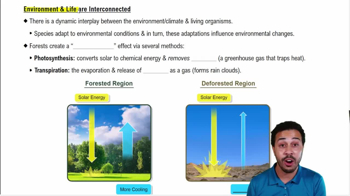Fish and other aquatic organisms are exposed to many types of water pollutants, including metals such as aluminum. Although a low level of aluminum is found in unpolluted water, many lakes and streams have an increased level because of mining, sewage treatment, and accidental spills of toxic materials. Aluminum pollution can result in mass fish die-offs.
Why did the scientists do this experiment in a laboratory instead of simply collecting fish from a river with a high aluminum level and documenting their osmoregulatory ability?






